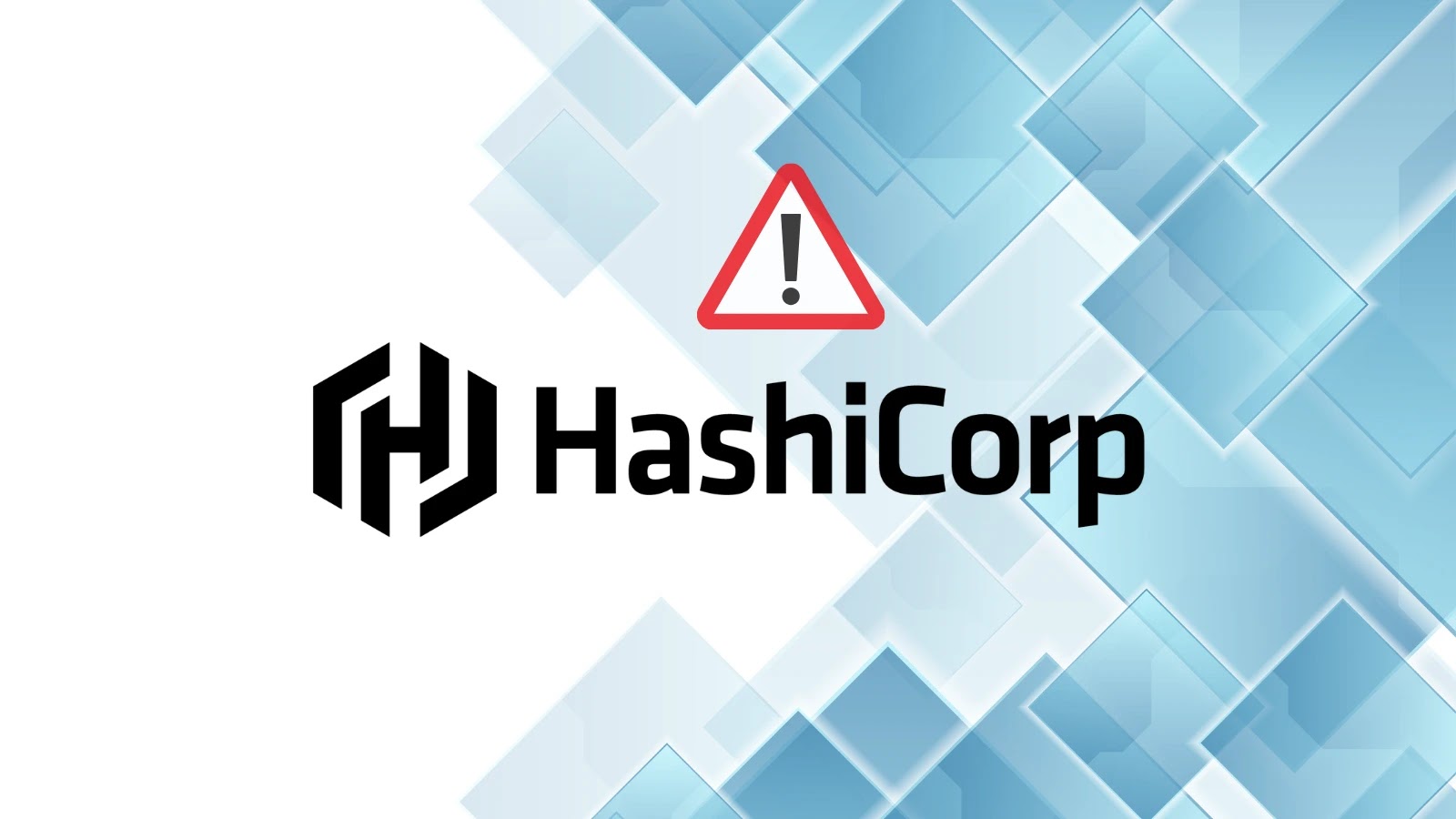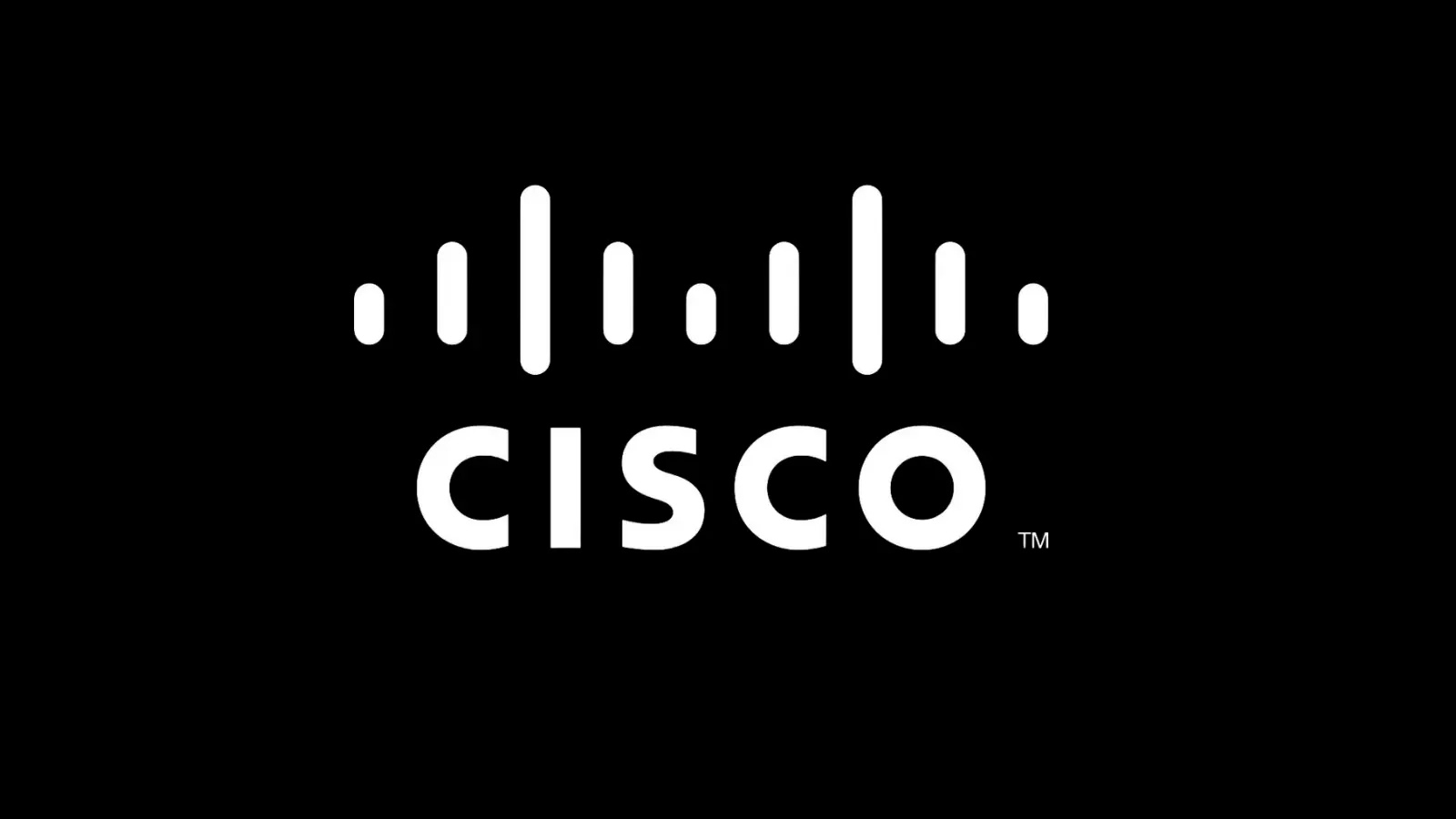A critical security flaw, known as CitrixBleed 2 (CVE-2025-5777), has been actively exploited by cyber attackers, leading to over 11.5 million attack attempts and compromising more than 100 organizations worldwide. This vulnerability affects Citrix NetScaler Application Delivery Controller (ADC) and NetScaler Gateway devices, allowing unauthenticated attackers to access sensitive memory contents, including session tokens and credentials.
Financial Services Industry Under Siege
The financial services sector has been disproportionately targeted, with approximately 40% of the attacks—around 4.6 million attempts—directed at financial institutions. This indicates a strategic focus by threat actors on high-value targets within this industry.
Sophisticated Attack Techniques
Security researcher Kevin Beaumont highlighted that attackers are meticulously selecting victims by profiling NetScaler devices to confirm their authenticity before launching attacks. This methodical approach enables them to evade detection systems and focus on legitimate enterprise infrastructure.
Exploitation Timeline and Response
Initial exploitation of the CitrixBleed 2 vulnerability began on June 23, 2025, nearly two weeks before proof-of-concept exploits were publicly released on July 4. This early exploitation window allowed attackers to establish footholds in victim networks before organizations became aware of the threat.
Despite mounting evidence of active exploitation, Citrix maintained until July 11 that there was no evidence to suggest exploitation of CVE-2025-5777. The company only updated its advisory after the U.S. Cybersecurity and Infrastructure Security Agency (CISA) added the vulnerability to its Known Exploited Vulnerabilities (KEV) catalog, issuing an unprecedented 24-hour patching mandate for federal agencies.
Ransomware Groups Exploit Healthcare Targets
Intelligence sources have confirmed that at least one ransomware group has been leveraging the vulnerability for initial access since June. Beaumont disclosed that a healthcare organization fell victim to such an attack, though the victim requested anonymity due to ongoing remediation efforts.
One IP address associated with recent exploitation activity (64.176.50.109) has been previously linked to RansomHub ransomware operations by CISA. The exploitation techniques observed include data collection from user Citrix sessions and the installation of legitimate Managed Service Provider (MSP) administrative tools for persistence. Significantly, these attacks have triggered no alerts in their security stack, highlighting the stealthy nature of the compromise.
Criticism of Citrix’s Response
Security experts have criticized Citrix’s handling of the vulnerability disclosure and remediation guidance. The company’s patching instructions fail to address session cookie clearance, a critical step that leaves organizations vulnerable to session hijacking even after applying patches. This oversight mirrors similar issues observed in previous vulnerabilities, raising concerns about the effectiveness of Citrix’s security advisories.
Recommendations for Organizations
Organizations using affected Citrix NetScaler devices are urged to:
– Apply Patches Immediately: Ensure all NetScaler ADC and Gateway devices are updated to the latest versions as per Citrix’s advisories.
– Terminate Active Sessions: After patching, terminate all active sessions to prevent potential session hijacking.
– Monitor for Indicators of Compromise (IoCs): Implement continuous monitoring to detect any signs of unauthorized access or exploitation attempts.
– Enhance Security Posture: Review and strengthen security measures, including multi-factor authentication and network segmentation, to mitigate potential risks.
The CitrixBleed 2 vulnerability underscores the critical importance of timely patching and proactive security measures in safeguarding organizational infrastructure against sophisticated cyber threats.



